Today we will learn how to organize our thoughts and ideas.
It is important to organize our ideas systematically so that customers, supervisors, and our team members can understand.
The sad thing is that most people don't look carefully at other people's reports.
Therefore, you need organized writings to let them see the important contents even at a glance.
1. Where does ideas come from?
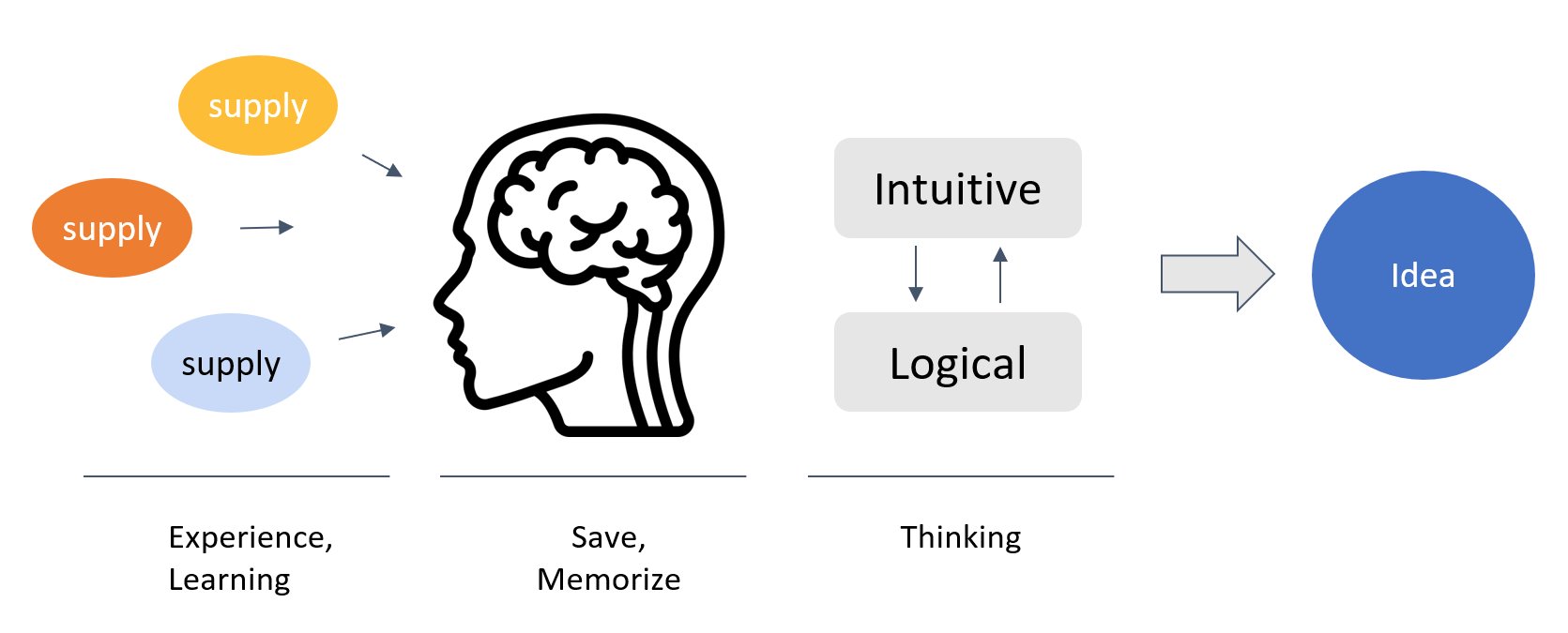
2. Digital Garden
: A space to collect and grow (gardening) ideas and thoughts
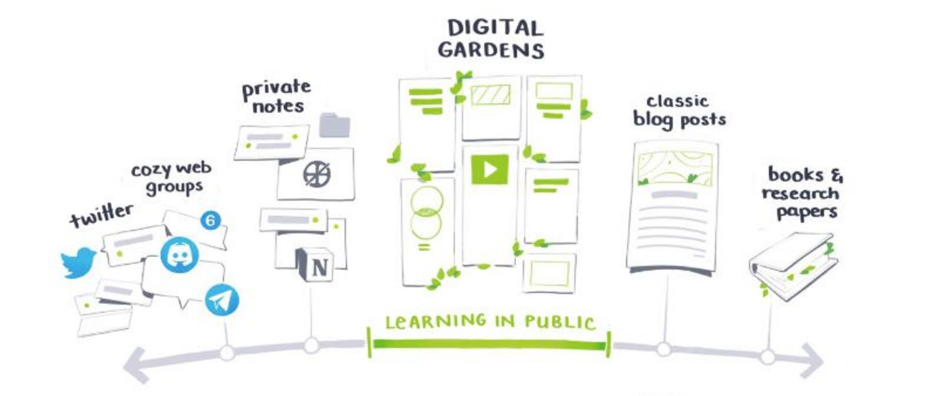
· process of learning and organizing, but if you open and share it to gather interested people, you can receive feedback and improve it -> accelerate learning
3. How to think and organize ideas
· Problem solution establishment, ideation, goal establishment and the process to achieve goals, reading notes, summary of learned contents, etc.
- Utilize frameworks such as brainstorming, mind maps, and mandalarts
▷ Follow the framework first
1) Mandal-Art: The art of achieving the goal (Manda)
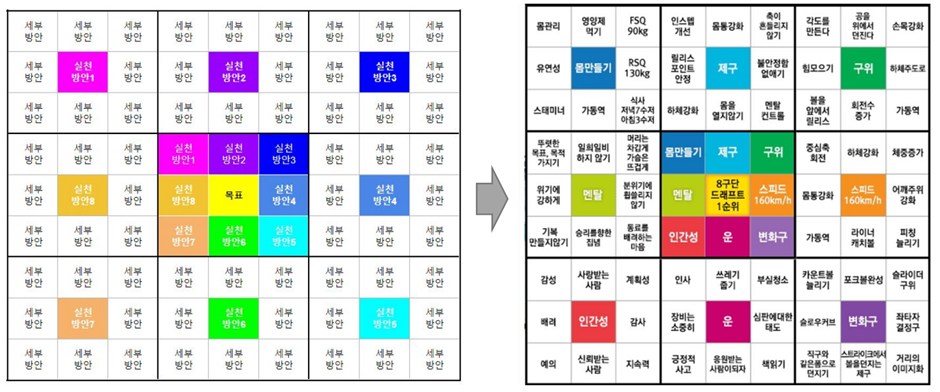
- Fill in the blanks to organize goals + action plans
- Structuring + organizing final goals and intermediate goals/action plans in detail
2) Mind-Mapping: according to the way the brain works
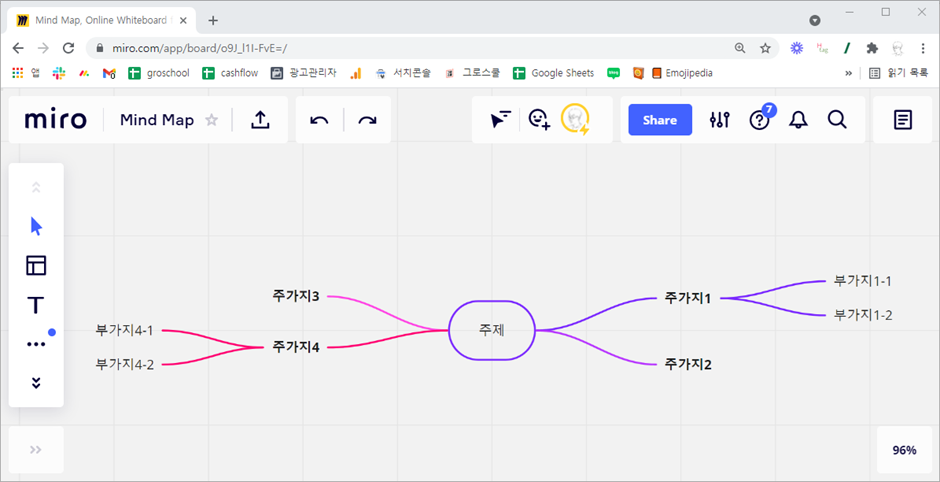
- Topic -> main branch -> divergence
3) Reverse-Brainstorming: inverse concept
: A way to ask a reverse question of the problem you want to solve
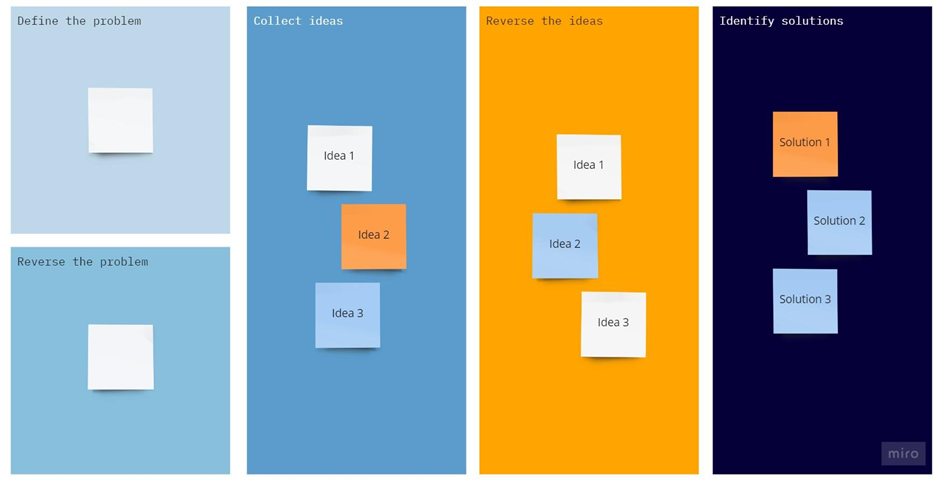
- Used when ideas do not come to mind during the brainstorming stage
4. Logical Thinking
: To logically convey what you want to say, persuade the other person and elicit the desired response
1) Minto Pyramid
: A method of presenting the conclusion, which is the most curious point from the listener's point of view, and conveying the reasons and grounds in consideration of logical relationships

- From top to bottom should be an answer to ‘Why so’, and from bottom to top should be an answer to ‘so what’
▷ Argument -> Reason(cause) -> Evidence
2) Structuralization
: Organizing the content so that the reader can understand it just at a glance
3) Amazon's Report System
· One Page Report
- Amazon discourages (prohibits) the use of slides in the form of PT (PPT, Keynote)
- Write a long document before the meeting and deliver it to the attendees
- Attendees read and review the document in detail for about 20 minutes after starting the meeting
- Starts discussion immediately after reading the document (no explanation written in the document)
· 6 Pager
- Introduction, Goals, Tenets, State of business, Lessons learned, Strategic priorities
· PR
- Write a press release as if the release preparations were completed in the planning stage
- Present the end-picture of the product as if explaining it to the customer
- Plans can be reviewed from the customer's point of view
· FAQ
- In the planning stage, anticipate questions from customers that may arise in the final stage and arrange them in the form of FAQs.
- Plans can be reviewed from the customer's point of view
▶ Korean Version:
https://softwarewhere.tistory.com/13
#6 아이디어 정리 // 마인드맵, 구조화, 아마존의 문서작성 방법
오늘은 생각을 정리하는 방법을 알아보자. 고객, 상사, 팀원이 나의 아이디어를 체계적으로 이해가 될 수 있도록 정리해야한다. 대부분의 사람은 남의 보고서를 꼼꼼히 보지 않는다. 따라서 대
softwarewhere.tistory.com
'[SeSAC] 데이터드리븐 서비스기획' 카테고리의 다른 글
| #8 피그마 실습 // 유용한 무료 플러그인 (0) | 2023.07.05 |
|---|---|
| #7 피그마(Figma) 기초 배우기 // 단축키, 컴포넌트, 기능 (0) | 2023.07.04 |
| #6 아이디어 정리 // 마인드맵, 구조화, 아마존의 문서작성 방법 (0) | 2023.07.03 |
| #5 PM Research // IDI Design, UT, Persona, Customer Journey Map (0) | 2023.06.30 |
| #5 PM 리서치 // IDI 설계, UT, 페르소나, 고객여정지도 (0) | 2023.06.30 |



